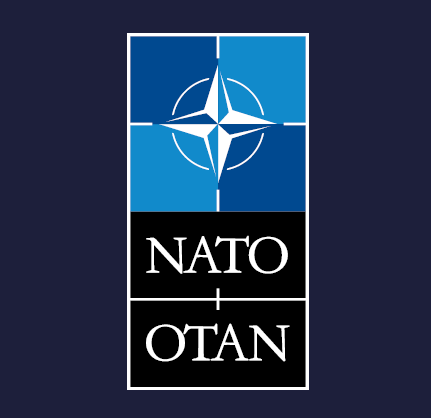
The focus on cyber
Released today to coincide with an extended news conference with NATO General Secretary Jens Stoltenberg, NATO’s 2022 Strategic Concepts document outlines cybersecurity and defending the organisations member states’ cyberspace.
The comprehensive paper lays out NATO’s plans for the cyber sphere, stating that a key goal is “Maintaining secure use of and unfettered access to space and cyberspace are key to effective deterrence and defence.
“We will enhance our ability to operate effectively in space and cyberspace to prevent, detect, counter and respond to the full spectrum of threats, using all available tools.
Cyber attacks trigger Article 5
To emphasise both the threats and consequences of a cyber attack on a NATO member nation, NATO took pains to spell out the organisation’s policies on the cyber front:
“A single or cumulative set of malicious cyber activities; or hostile operations to, from, or within space; could reach the level of armed attack and could lead the North Atlantic Council to invoke Article 5 of the North Atlantic Treaty.
“We recognise the applicability of international law and will promote responsible behaviour in cyberspace and space. We will also boost the resilience of the space and cyber capabilities upon which we depend for our collective defence and security.
“We will expedite our digital transformation, adapt the NATO Command Structure for the information age and enhance our cyber defences, networks and infrastructure.
“We will promote innovation and increase our investments in emerging and disruptive technologies to retain our interoperability and military edge.
“We will work together to adopt and integrate new technologies, cooperate with the private sector, protect our innovation ecosystems, shape standards and commit to principles of responsible use that reflect our democratic values and human rights.
The existing cyber threats
According to NATO, not only are things stepping up in the cyberspace, stating in its cornerstone observation that “The Russian Federation is the most significant and direct threat to Allies’ security and to peace and stability … It uses conventional, cyber and hybrid means against us and our partners.
“Its coercive military posture, rhetoric and proven willingness to use force to pursue its political goals undermine the rules-based international order.”
This observation extends out to The People’s Republic of China’s (PRC), noting “The PRC’s malicious hybrid and cyber operations and its confrontational rhetoric and disinformation target Allies and harm Alliance security.
“The PRC seeks to control key technological and industrial sectors, critical infrastructure, and strategic materials and supply chains. It strives to subvert the rules-based international order, including in the space, cyber and maritime domains.”
The NATO strategic paper went on to recognise the additional threats eminating from the recently bolstered Russia-China relationship.
“The deepening strategic partnership between the People’s Republic of China and the Russian Federation and their mutually reinforcing attempts to undercut the rules-based international order run counter to our values and interests.”
The game plan from NATO
NATO is meeting the challenges identified in cyber and hybrid threats in an equally whollistic approach.
“We will enhance our global awareness and reach to deter, defend, contest and deny across all domains and directions, in line with our 360-degree approach.
The NATO paper outlines the components of this 360-degree approach, noting that cyber capabilities rank up with nuclear and missile defences.
“NATO’s deterrence and defence posture is based on an appropriate mix of nuclear, conventional and missile defence capabilities, complemented by space and cyber capabilities.
NATO does take pains, as with today’s extended question and answer news conference with Jens Stoltenberg, Secretary General of NATO, to outline that NATO’s raison d’être is “defensive, proportionate and fully in line with our international commitments.
“We will employ military and non-military tools in a proportionate, coherent and integrated way to respond to all threats to our security in the manner, timing and in the domain of our choosing.”
This year will undoubtedly see the strategic concepts of NATO tested, in particular on the hybrid and cyber fronts. Judging by the newly outlined NATO stance, and the fact our enquiries for cyber security defeneses here at Hanco has also risen, it is clear that the coming years will be challenging.





























